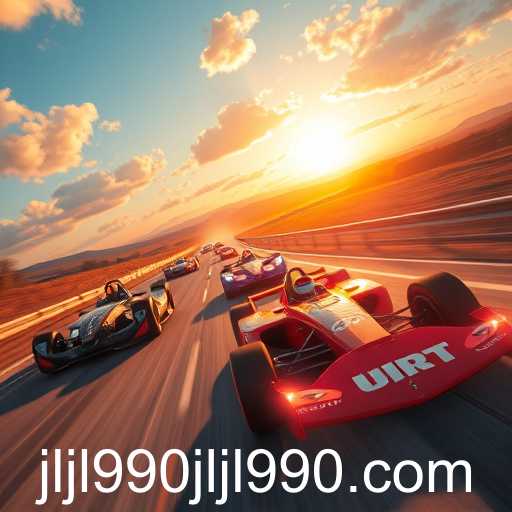An in-depth examination of the dynamic and exhilarating genre of racing games, exploring its history, evolution, and current trends.
Racing games have been a staple in the video game industry for decades, offering players the exhilarating thrill of high-speed competition without the risks associated with real-world racing. Under the keyword 'jljl990', we explore the vibrant and dynamic world of racing games, their evolution over the years, and the reasons behind their enduring popularity.
From the early days of arcade classics like 'Pole Position' and 'Out Run' to the hyper-realistic simulations of today, the racing game genre has undergone significant transformation. Initially, these games focused on providing simple yet addictive gameplay, with basic graphics and controls. As technology advanced, so did the complexity and realism of racing games. With the introduction of 3D graphics, titles like 'Need for Speed' and 'Gran Turismo' began to dominate the market, offering players more immersive experiences.
Today, the genre is divided into various subcategories, including arcade racers, simulation racers, and kart racers, each with its unique appeal. Arcade racers like 'Burnout' and 'Forza Horizon' prioritize fun and spectacle over realism, allowing players to perform impossible stunts and explore vast open-world environments. On the other hand, simulation racers such as 'Assetto Corsa' and 'iRacing' aim to replicate the experience of real-world driving, appealing to enthusiasts who crave authenticity.
One of the most significant advancements in racing games is the incorporation of online multiplayer features, which has transformed solitary gaming experiences into communal competitions. Online leaderboards, downloadable content, and eSports tournaments have made it possible for players to compete globally, adding a competitive edge that keeps gamers coming back.
Moreover, virtual reality (VR) has opened up new possibilities for racing games, offering an unprecedented level of immersion. Games like 'Project Cars 2' and 'DiRT Rally VR' place players directly into the driver's seat, providing an experience that feels as close to reality as possible.
Racing games continue to push the boundaries, leveraging advancements in AI, graphics, and game design to deliver even more engaging experiences. As developers experiment with new technologies and ideas, the future of racing games looks brighter than ever, promising new adventures on virtual tracks around the world.
In summary, the world of racing games is as varied as it is exciting, catering to a broad spectrum of players with its combination of speed, thrill, and innovation. Whether you're a casual gamer looking for a quick adrenaline rush or a hardcore enthusiast seeking the most authentic driving simulation, the racing game genre offers something for everyone.




